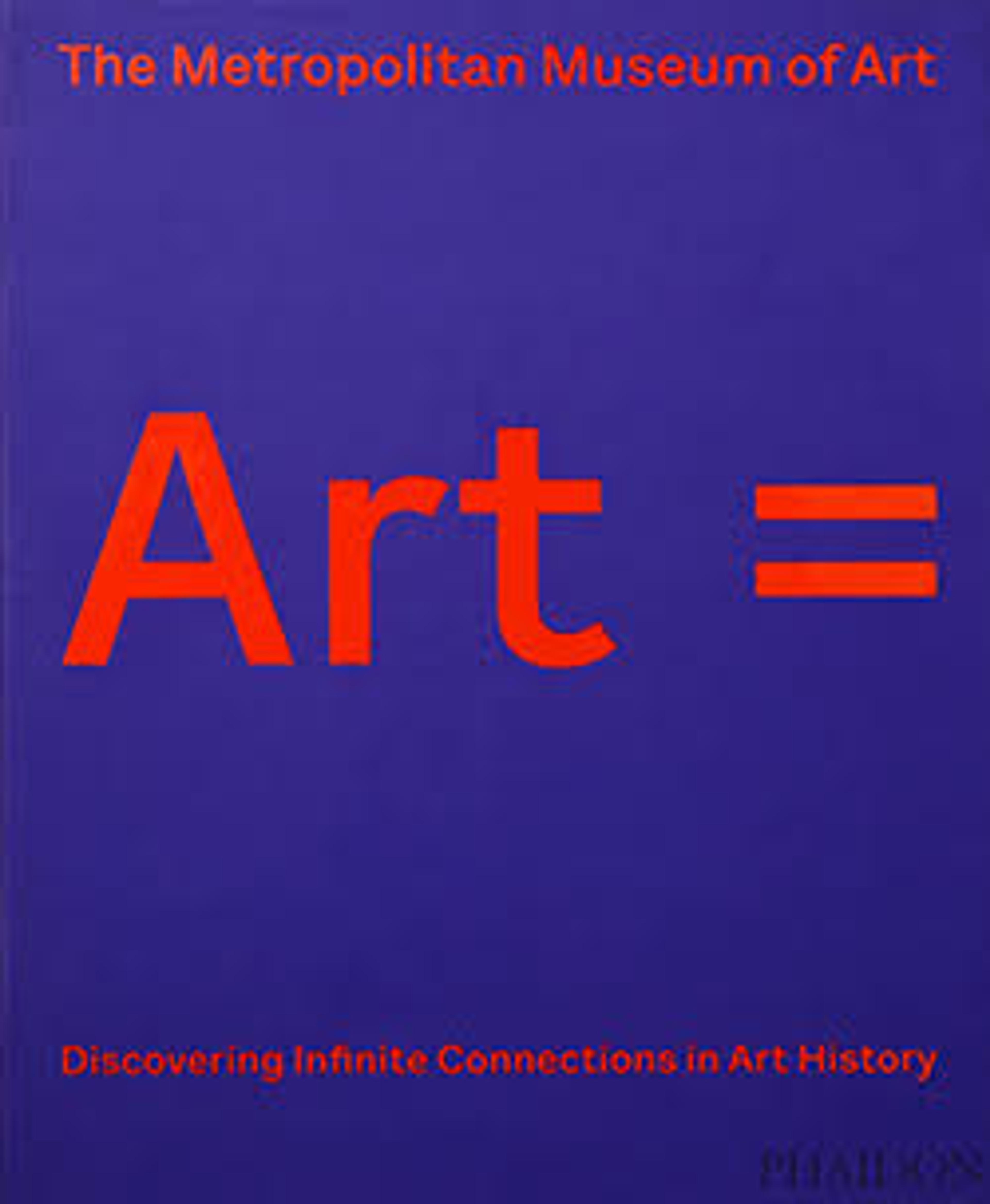Horse and rider
In style and subject matter, this horse and rider with sancai or "three-color" glaze is emblematic of funerary sculpture from the early eighth century, the apex of the Tang dynasty. Free-form splatters and drips of colored glaze were first experimented with in the sixth century and the sancai glazes, made by mixing copper, iron, and cobalt to create a lively spectrum of blues, greens, ambers, and yellows over a milky white background, became fashionable in the early Tang for funerary, utilitarian, and export wares. The distribution of glaze on this horse and rider displays a relative degree of control. The colors clarify, rather than obscure, steed, saddle, boot, tunic, and hood. Swift brushstrokes in black detail the rider's brow and mustache, as well as the saddle blanket and horse's eyes, while etched lines stress the animal's musculature.
The horse itself was a potent image during the vigorous expansion of the Tang "golden age." Chargers such as this large horse were both the reward of military incursions to the west, and the foundation of imperial stability that would in turn encourage trade and prosperity over a vast empire. The most sought-after steeds were known as "blood-sweating horses"; raised in the western kingdom of Ferghana, they were sent in great numbers as tribute to the emperor. Horses also were a sign of wealth: strict sumptuary laws limited the use of the horses to people of a certain rank and even those serving in the military, such as the hooded soldier saluting from astride this horse, had to provide their own mount.
The horse itself was a potent image during the vigorous expansion of the Tang "golden age." Chargers such as this large horse were both the reward of military incursions to the west, and the foundation of imperial stability that would in turn encourage trade and prosperity over a vast empire. The most sought-after steeds were known as "blood-sweating horses"; raised in the western kingdom of Ferghana, they were sent in great numbers as tribute to the emperor. Horses also were a sign of wealth: strict sumptuary laws limited the use of the horses to people of a certain rank and even those serving in the military, such as the hooded soldier saluting from astride this horse, had to provide their own mount.
Artwork Details
- 唐 三彩陶騎馬俑
- Title:Horse and rider
- Period:Tang dynasty (618–907)
- Date:early 8th century
- Culture:China
- Medium:Earthenware with three-color (sancai) glaze and pigment
- Dimensions:H. 15 in. (38.1 cm); W. 4 1/4 in. (10.8 cm); L. 13 1/4 in. (33.7 cm)
- Classification:Tomb Pottery
- Credit Line:Rogers Fund, 1954
- Object Number:54.169
- Curatorial Department: Asian Art
More Artwork
Research Resources
The Met provides unparalleled resources for research and welcomes an international community of students and scholars. The Met's Open Access API is where creators and researchers can connect to the The Met collection. Open Access data and public domain images are available for unrestricted commercial and noncommercial use without permission or fee.
To request images under copyright and other restrictions, please use this Image Request form.
Feedback
We continue to research and examine historical and cultural context for objects in The Met collection. If you have comments or questions about this object record, please contact us using the form below. The Museum looks forward to receiving your comments.
